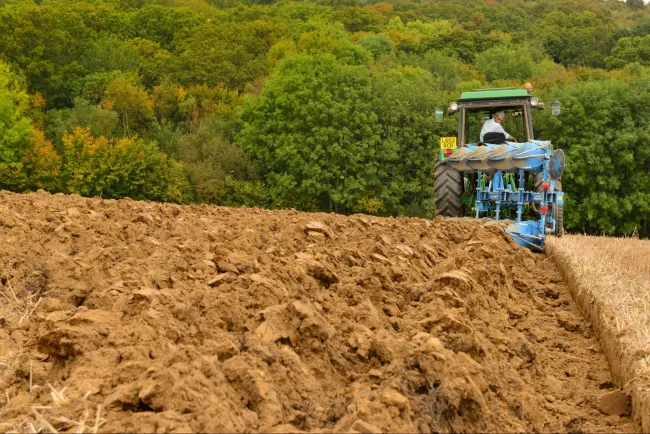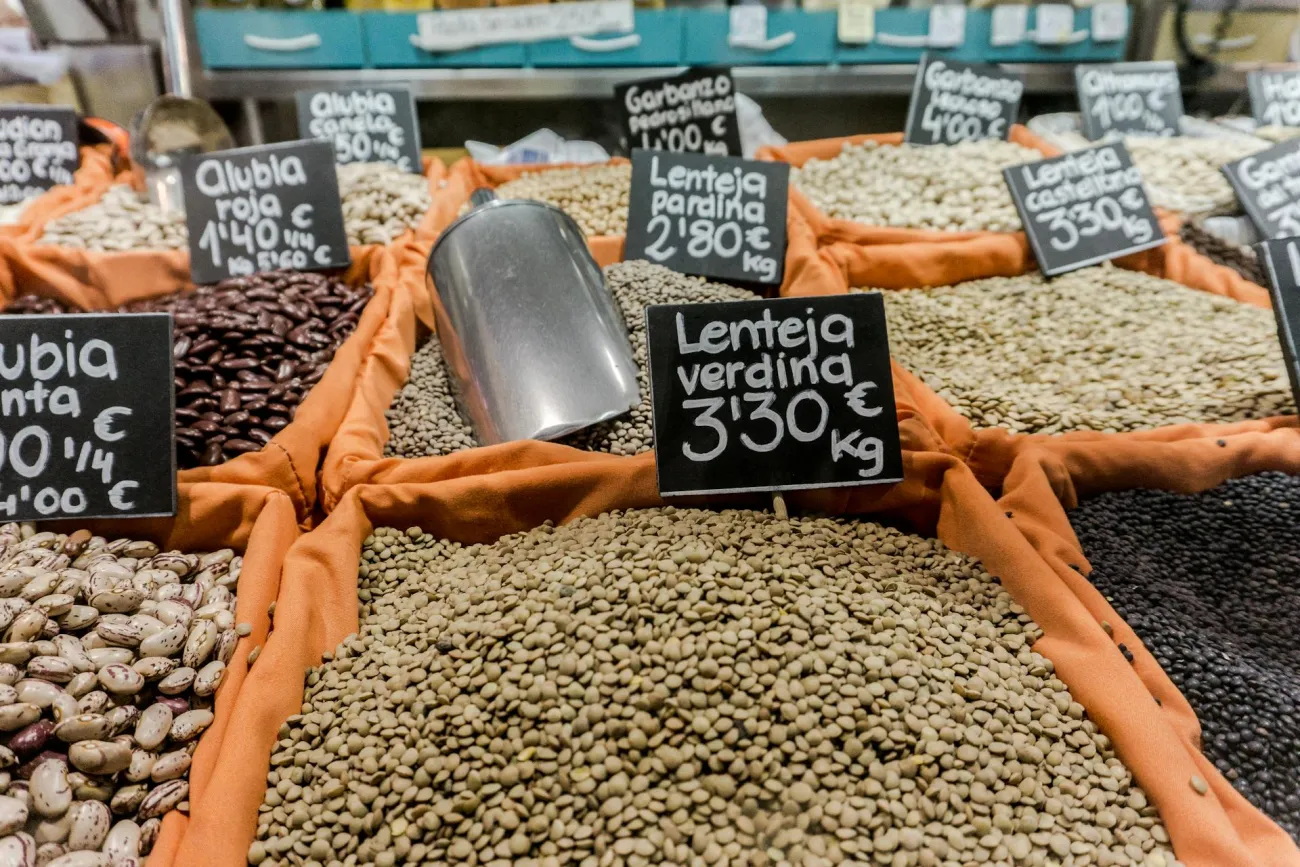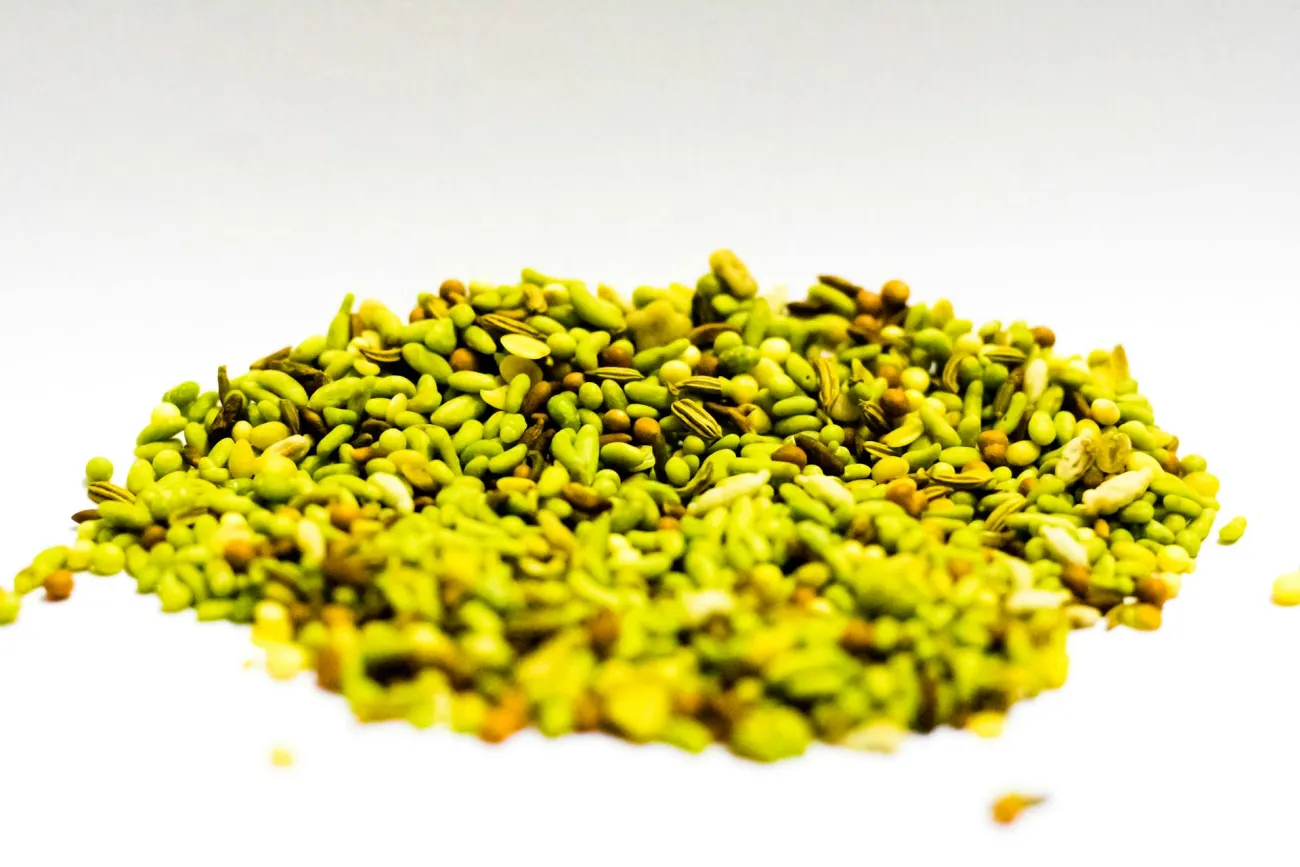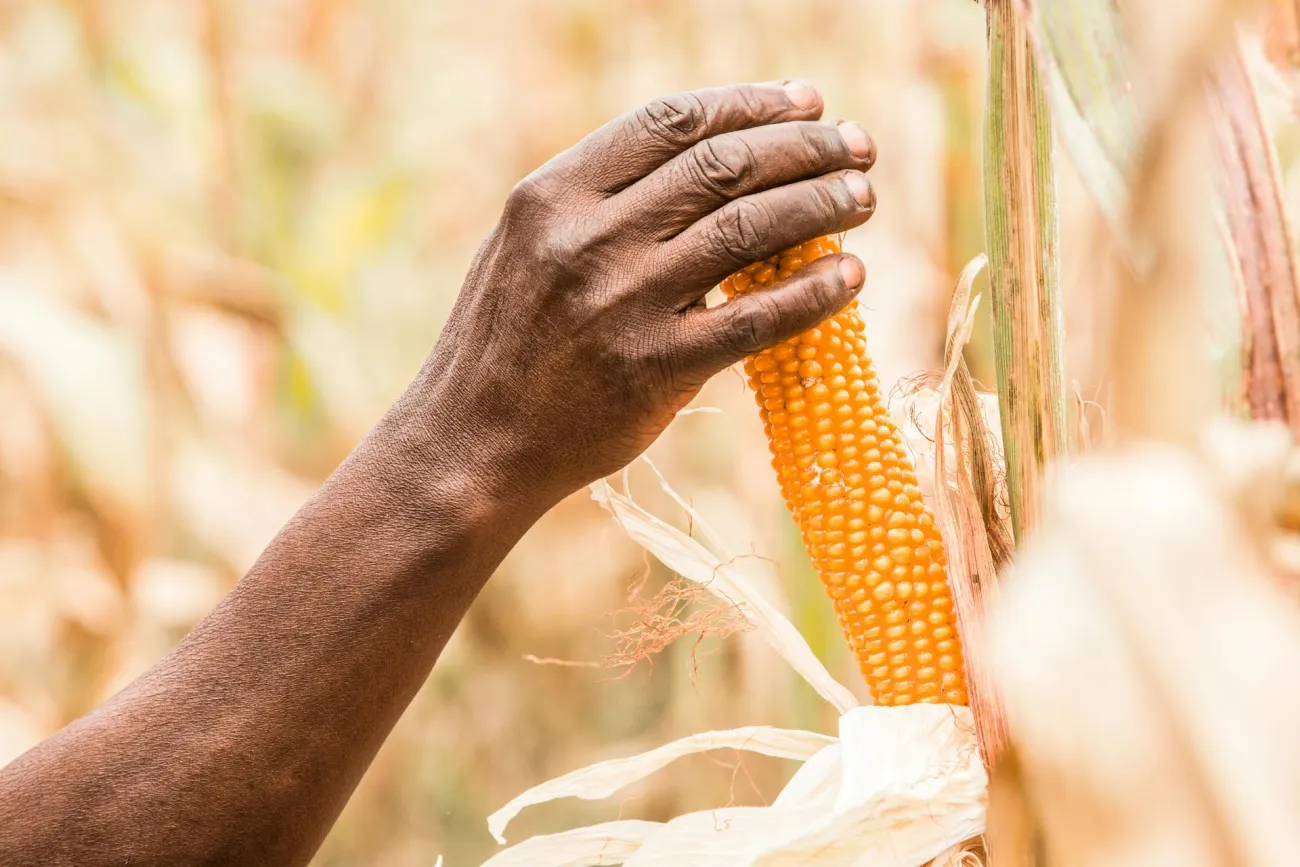This article evaluates the “4 per 1000” initiative’s potential to increase soil organic carbon (SOC) by assessing 16 long-term soil experiments conducted by the UK based Rothamsted Research, involving 114 different soil treatments (including addition of farmyard manure (FYM), nitrogen fertilisers, pasture leys, conversion of arable land into woodland and residue incorporation) over 7–157 years.

The 4 per 1000, or 4‰ initiative originates from the French Ministry of Agriculture in 2015, and has grown in popularity since then. It aims to increase SOC by 0.4% of initial values every year for 20 years, in order to achieve large-scale sequestration of atmospheric carbon.

While the authors of this article consider the 4‰ aspiration to be a positive one for the environment, they note the significant practical constraints to its achievement.
The main reasons for not being able to achieve the 4‰ goal are:
- Lack of necessary resources (35 t ha-1 yr-1 FYM used in long term experiment) and unrealistic, impractical application rates.
- Prior widespread adoption of some SOC-enhancing techniques promoted by 4‰.
- Some of the methods are uneconomic for farmers, so wouldn’t be adopted without policy change or incentivising.
- Practices proposed by the scheme undermine global food security (e.g. removal of land from agriculture).
4‰ predicts that by following the land management practices it suggests and increasing SOC by 4‰ to a depth of 40 cm for all soils globally, 8.9 Gt of carbon would be sequestered each year, roughly equal to annual global fossil fuel emissions, thus holding atmospheric carbon at current levels. However, the scope of these claims have been challenged in several papers. The 4‰ initiative now recognises that SOC increases are only likely in actively managed agricultural land, and even there the increases might not be as high as the initiative had previously hoped.
The experiments at Rothamsted involved different soils: silty-clay loam, sandy loam, and sandy-clay loam. Soils were sampled to 25 cm depths (exceeding the 22 cm depth of inversion ploughing used in arable experiments) using a 3 cm auger. The Supporting Information for the paper shows how SOC measurements were adjusted to approximately reflect the 40 cm depth relevant to 4‰.

The figure above shows the results of one of the experiments based on addition of farmyard manure. The trend-fitting curve shows a large increase of SOC over time, starting from low levels at the beginning of the experiment and tending towards an equilibrium value.
The results showed that soils receiving only inorganic nitrogen fertiliser over the period experienced decreases in SOC, and FYM was only effective in increasing SOC if applications exceeded 10 t ha-1 yr-1. Root crops were found to erode any replenishment of SOC, and cereals restricted sequestration (only 3‰) when compared to grass leys or crops grown in rotations. Incorporation of straw residues using inversion ploughing was found to increase SOC at a rate of between 6 and 8‰. The best results for SOC sequestration were wilderness succession to woodland, or conversion to permanent pasture, followed by a combination of grass leys and green manures in a mainly arable crop rotation, which showed increases of 29‰ over 6 years.
Even small increases in SOC can have disproportionately positive effects on soil health, and the paper argues that the 4‰ goal should be viewed as positive from this perspective, not just climate. Nevertheless, the following issues were highlighted as drawbacks to the ambitions of the 4‰ scheme:
- SOC stock increase is not necessary for improved soil health.
- Carbon added by plant residues disappears over time, rather than being stored indefinitely. For example, at one site, only 5% of plant residue carbon remained after 70 years.
- To be sure that SOC increase contributes to climate mitigation, the sequestered carbon must have come from the atmosphere rather than just being transformed from one form to another in the soil.
- SOC sequestering practices may be undermined by increases in other greenhouse gas emissions such as N2O (which is around 300 times more potent than CO2) caused by, for example, the application of manure.
- Competition for use of residues in low income countries – livestock feed/bedding demand means straw is not incorporated into soil for SOC gains.
- Although applying nitrogen fertiliser can increase SOC and some developing regions are likely to increase application rates as they pursue food security goals, the high greenhouse gas emissions associated with nitrogen fertiliser manufacture mean that it provides limited scope for climate mitigation.
The overall conclusion of the article is that the 4‰ scheme, whilst commendable in terms of promoting environmental policy and pollution reduction, is unrealistic both in terms of practical implementation and magnitude of beneficial impact. Although some of the limiting factors that this paper identifies have been shown to apply in other countries (e.g. farms in Europe and North America already commonly return crop residues to the soil), caution should be taken in generalising the findings of this paper since the experimental findings are based only on the UK.
Abstract
We evaluated the “4 per 1000” initiative for increasing soil organic carbon (SOC) by analysing rates of SOC increase in treatments in 16 long‐term experiments in southeast United Kingdom. The initiative sets a goal for SOC stock to increase by 4‰ per year in the 0–40 cm soil depth, continued over 20 years. Our experiments, on three soil types, provided 114 treatment comparisons over 7–157 years. Treatments included organic additions (incorporated by inversion ploughing), N fertilizers, introducing pasture leys into continuous arable systems, and converting arable land to woodland. In 65% of cases, SOC increases occurred at >7‰ per year in the 0–23 cm depth, approximately equivalent to 4‰ per year in the 0–40 cm depth. In the two longest running experiments (>150 years), annual farmyard manure (FYM) applications at 35 t fresh material per hectare (equivalent to approx. 3.2 t organic C/ha/year) gave SOC increases of 18‰ and 43‰ per year in the 23 cm depth during the first 20 years. Increases exceeding 7‰ per year continued for 40–60 years. In other experiments, with FYM applied at lower rates or not every year, there were increases of 3‰–8‰ per year over several decades. Other treatments gave increases between zero and 19‰ per year over various periods. We conclude that there are severe limitations to achieving the “4 per 1000” goal in practical agriculture over large areas. The reasons include (1) farmers not having the necessary resources (e.g. insufficient manure); (2) some, though not all, practices favouring SOC already widely adopted; (3) practices uneconomic for farmers—potentially overcome by changes in regulations or subsidies; (4) practices undesirable for global food security. We suggest it is more realistic to promote practices for increasing SOC based on improving soil quality and functioning as small increases can have disproportionately large beneficial impacts, though not necessarily translating into increased crop yield.
Reference
Poulton, P., Johnston, J., MacDonald, A., White, R. and Powlson, D. (2018), Major limitations to achieving “4 per 1000” increases in soil organic carbon stock in temperate regions: evidence from long‐term experiments at Rothamsted Research, UK. Global Change Biology.
Read the full article here. See also the Foodsource resource How far could changes in production practices reduce GHG emissions? The FCRN report Grazed and Confused analyses the debate around emissions from different ruminant grazing systems.




Comments (0)